$59.00
AWAY FROM FREE SHIPPINGNICE. SHIPPING IS ON US!
$120.00
AWAY FROM FREE GIFTCHOOSE A FREE GIFT DURING CHECKOUT!
YOUR CART IS EMPTY. SHOP NOW.
Cats have captivated human hearts for centuries with their grace, independence, and mysterious nature. While many people are familiar with their playful antics and soothing purrs, there are numerous lesser-known and intriguing aspects of feline life. In this article, we delve into the enigmatic world of cats and uncover 10 unique cat facts that will undoubtedly surprise even the most knowledgeable feline enthusiasts.
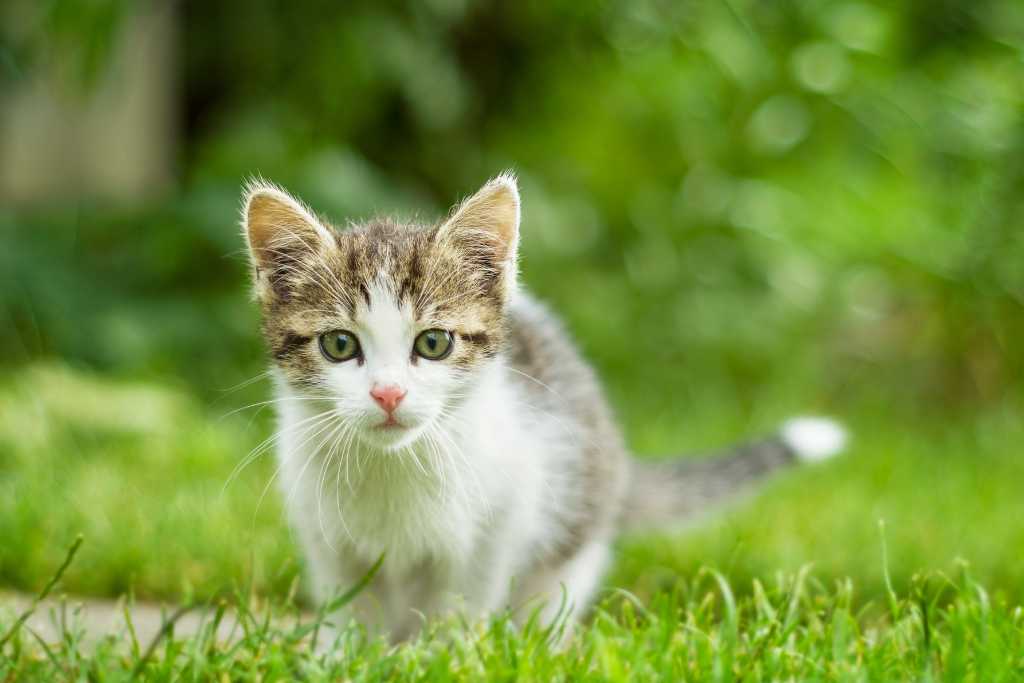
Just as humans possess distinct fingerprints, cats possess their own unique form of identification—whisker prints. Every cat's whisker pattern is unique. Cats have whiskers in various locations; on their cheeks, on their chin, the outer corner of the nose, above their eyes, and on the back of their front legs. No two cats share the exact same whisker pattern, making them truly one-of-a-kind.
Cats possess an intricate language of their own, and their whiskers play a crucial role in expressing their emotions. When relaxed and at ease, a cat's whiskers are naturally positioned forward. Conversely, if a feline is frightened or agitated, its whiskers flatten against its face, alerting observers to its unsettled state of mind.

Beyond their aesthetic appeal, a cat's whiskers serve a vital purpose. These remarkable sensory tools are highly sensitive and help cats navigate their surroundings. Cats' whiskers are so sensitive, that cats can even pick up air movement indoors, such as air flowing around objects, which lets the cat know there is something in their path, even when it is pitch dark. By detecting even the subtlest changes in air currents, whiskers aid in determining whether a space is too narrow to fit through, preventing them from getting stuck. Research has shown that cats whose whiskers have been cut have trouble estimating the size of openings which can cause them to easily get stuck and unable to escape from dangerous situations.
As the cats’ whiskers are highly sensitive sensory organs, it is believed that cats can experience whisker fatigue. Whisker fatigue is a term used to describe the potential discomfort or overstimulation that cats may experience when their whiskers come into contact with the edges of food bowls or other narrow spaces. If a cat is experiencing whisker fatigue, they may exhibit signs of stress or avoid eating from deep or narrow food bowls. They may also paw at their food, knock food out of the bowl, or display changes in eating behaviour. To address potential whisker fatigue, consider using wider and shallower cat bowls, designed to be whisker-friendly like this Petz Route Cat Feeding Bowl. These bowls are designed to prevent the whiskers from touching the sides during meals, minimising any potential discomfort.

One of the most delightful sounds associated with cats is their gentle purring, typically signifying contentment. However, purring is not limited to joyful moments. Astonishingly, cats also purr when they are injured, anxious, or in pain. Research suggests that the low-frequency vibrations produced during purring can promote bone density, reduce pain, and aid in tissue repair. While further research is needed to fully understand the extent of these benefits, the rhythmic and soothing sound of a cat's purr is believed to have a calming effect on humans. It has been suggested that listening to a cat's purr can help reduce stress, anxiety, and promote relaxation. It is also believed that the vibrations produced by a cat's purr have been associated with pain relief and the release of endorphins, the body's natural painkillers. Purring may help alleviate discomfort and promote healing, both in cats themselves and potentially in humans as well.
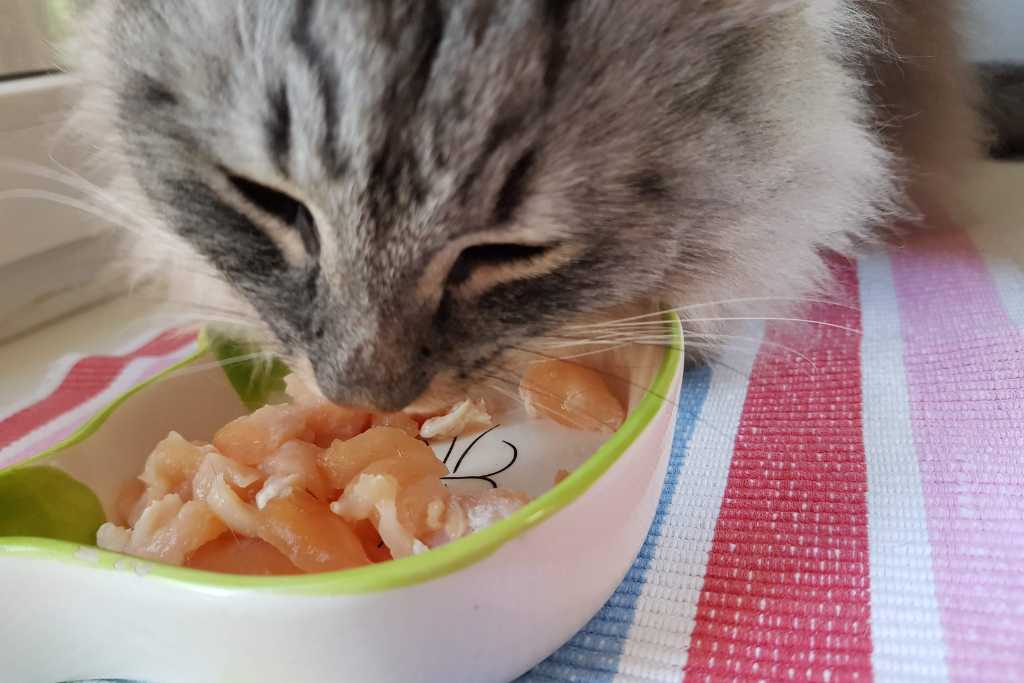
While humans often indulge their sweet tooth, cats possess a peculiar indifference towards sweet flavours. Unlike humans, cats lack the taste buds responsible for detecting sweetness, rendering them uninterested in sugary treats. Their dietary preferences lean more towards the savoury side, as they are obligate carnivores. Obligate carnivores need a high amount of protein in their diet. For cats, their main source of energy comes from protein and fat. When it comes to feeding cats, the general consensus is that more protein is better than more carbohydrates. So, look for cat food with higher protein content and lower carbohydrate content like this Stella & Chewy's Carnivore Cravings Purrfect Pate Chicken & Chicken Liver Pate Recipe in Chicken Broth.
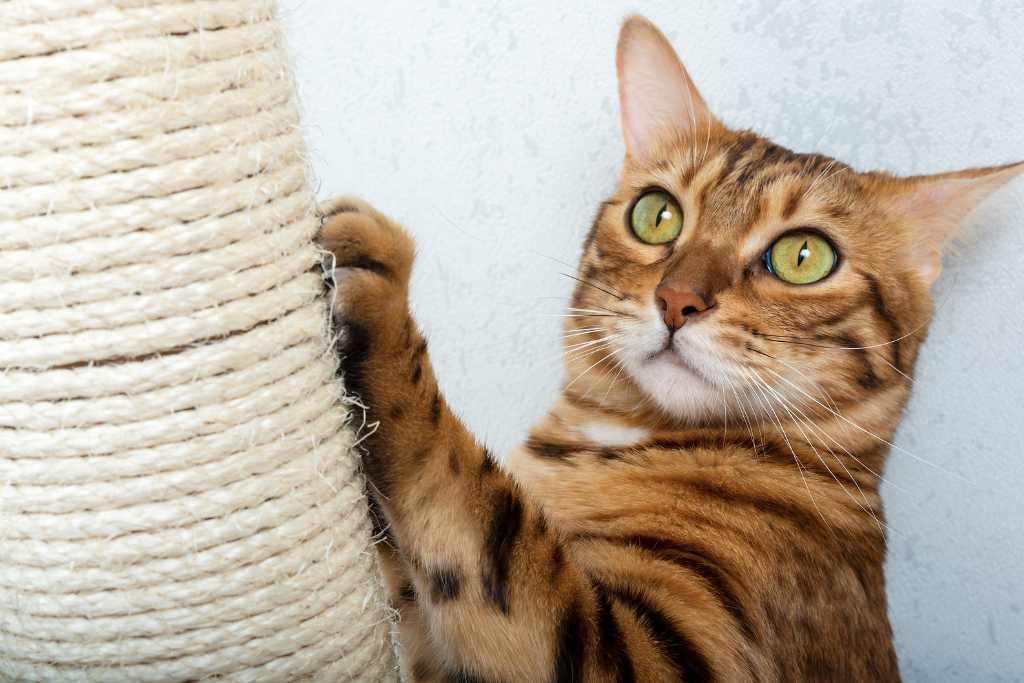
Cats are renowned for their sharp claws, but what sets them apart is their ability to retract them. Their ability to retract their claws grants them silent and stealthy movement, an invaluable advantage when stalking their prey. Though the cat’s claws (aka nails) are retractable, meaning they’re kept hidden until the cat needs to use them, these nails can grow. Overall, it’s usually not necessary to trim your cat’s claws, but when a cat becomes less active or ill, and is unable to maintain her claws, it is important to trim the claws which can get longer, curve and penetrate into the paw pad, sometimes causing an infection. A strong and durable nail clipper like this Petz Route Curved Nail Clipper For Cats will do the tick.
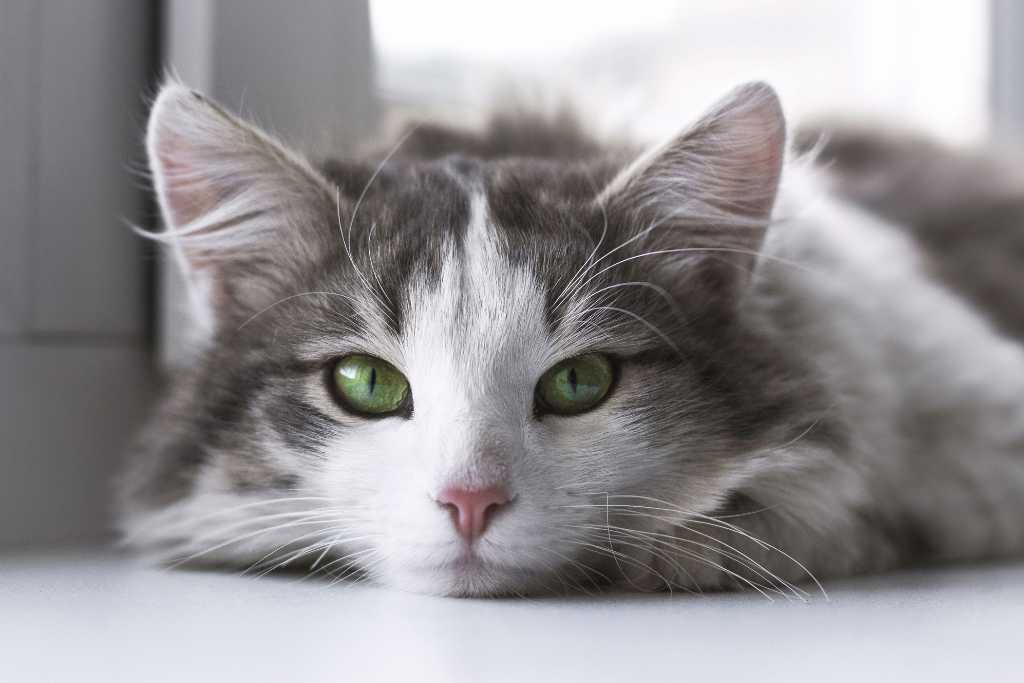
The mesmerising gaze of a cat is enhanced by its superior night vision. Cats rely heavily on their eyesight to navigate their environment. Their eyes allow them to perceive depth, judge distances, and detect motion, enabling them to hunt, play, and explore. Good vision is vital for their overall quality of life.
Cats' eyes contain a high concentration of rod cells, specialised for low-light conditions, providing them with an edge when prowling during the twilight hours. These nocturnal hunters possess remarkable visual capabilities, enabling them to see in almost total darkness. So, maintaining your cat's eye health is essential for her overall well-being. Create a safe environment for your cat to minimise the risk of eye injuries by removing any hazardous objects or chemicals that could accidentally harm their eyes. For cats suffering from tear stains, keep your cat's eyes clean by gently wiping away any discharge with a NaturVet Tear Stain Remover Topical Aid for Cats & Dogs. If you notice persistent or excessive discharge,please consult your veterinarian.
Intriguingly, cats possess yet another distinctive form of identification: nose prints. The patterns and ridges on a cat's nose are as unique as human fingerprints. This uniqueness has been utilised in the identification of lost or missing feline companions, highlighting the extraordinary nature of these beloved pets.
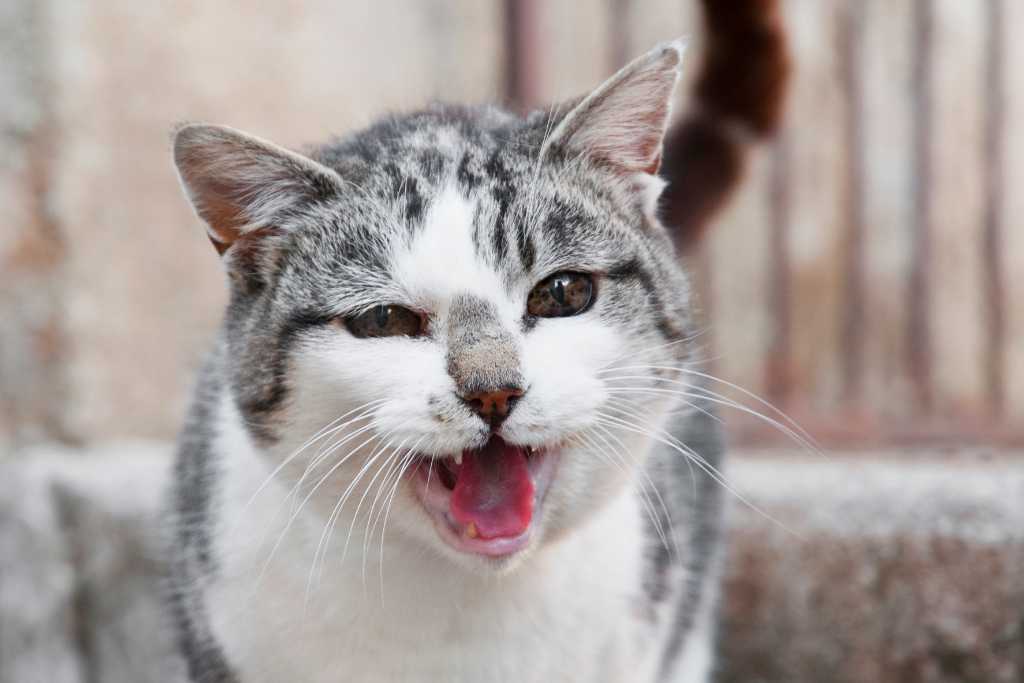
Cats are known for their extensive repertoire of vocalisations, but there is one particular communication technique that stands out—the "silent meow." In this fascinating behaviour, cats open their mouths as if meowing but produce no sound. Is the meow really silent? As it turns out, it may be that your cat actually isn't meowing without sound; rather, it's just too quiet for you to hear. So, it's possible that she is actually meowing, but she doesn't know that you can't hear it as well as she does. It is believed that the quiet meow simply is a substitute for a classic meow and if directed at their human companions, kitty is simply trying to get attention or expressing affection.
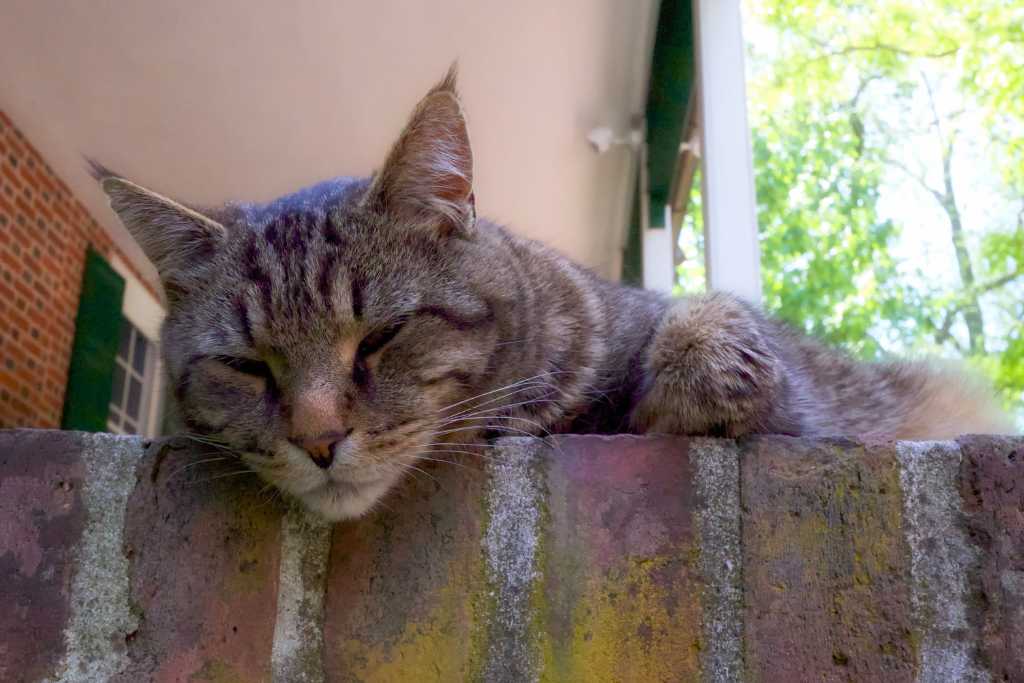
Feline physiology possesses remarkable adaptations for survival, including temperature regulation. Cats have a higher body temperature than humans, ranging from 38 to 39.2 degrees Celsius. Their slightly elevated body temperature contributes to their preference for warmth and their uncanny ability to find cosy spots to curl up in. Though cats tend to tolerate the heat a little better than dogs, the reality is that cats can suffer from overheating (hyperthermia) and heatstroke too.
Signs of hyperthermia includes:
If your cat shows signs of heat exhaustion, immediately take him to a cool environment, soak him with cool water or place him on a cooling mat and let him drink all the water that he wants. Then, take him to the veterinarian immediately.
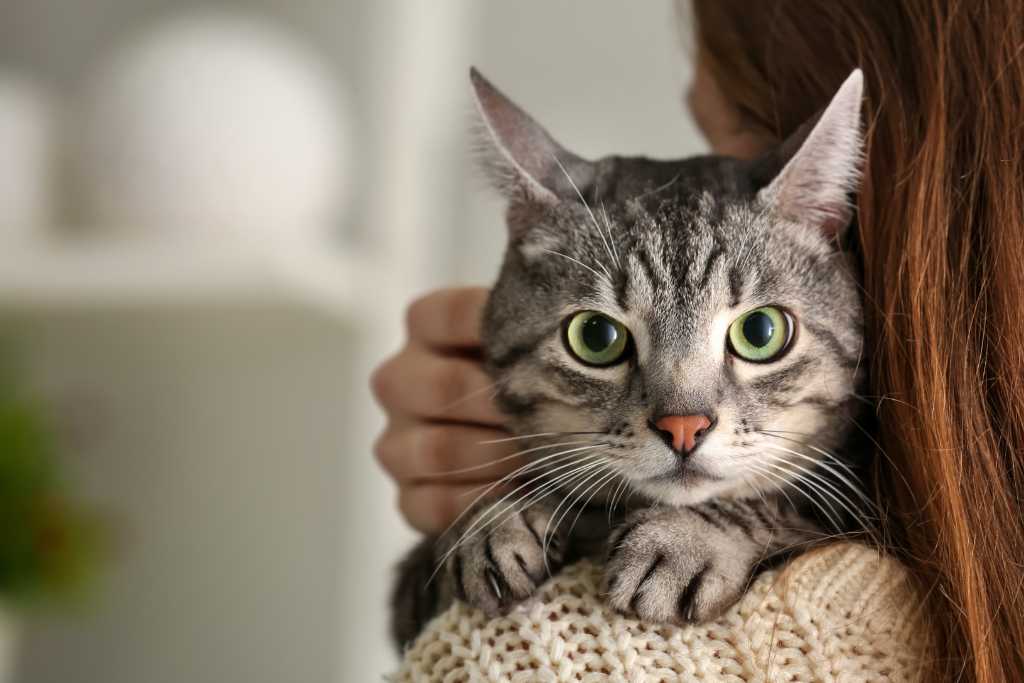
Cats continue to bewitch and amaze us with their unique characteristics. From their distinct whisker prints and mood-indicating whiskers to their purring healing powers and extraordinary night vision, these feline companions possess a world of wonders waiting to be explored. By unravelling these lesser-known facts, we gain a deeper appreciation for the remarkable creatures that share our lives and bring us joy in countless ways.

Comments will be approved before showing up.



